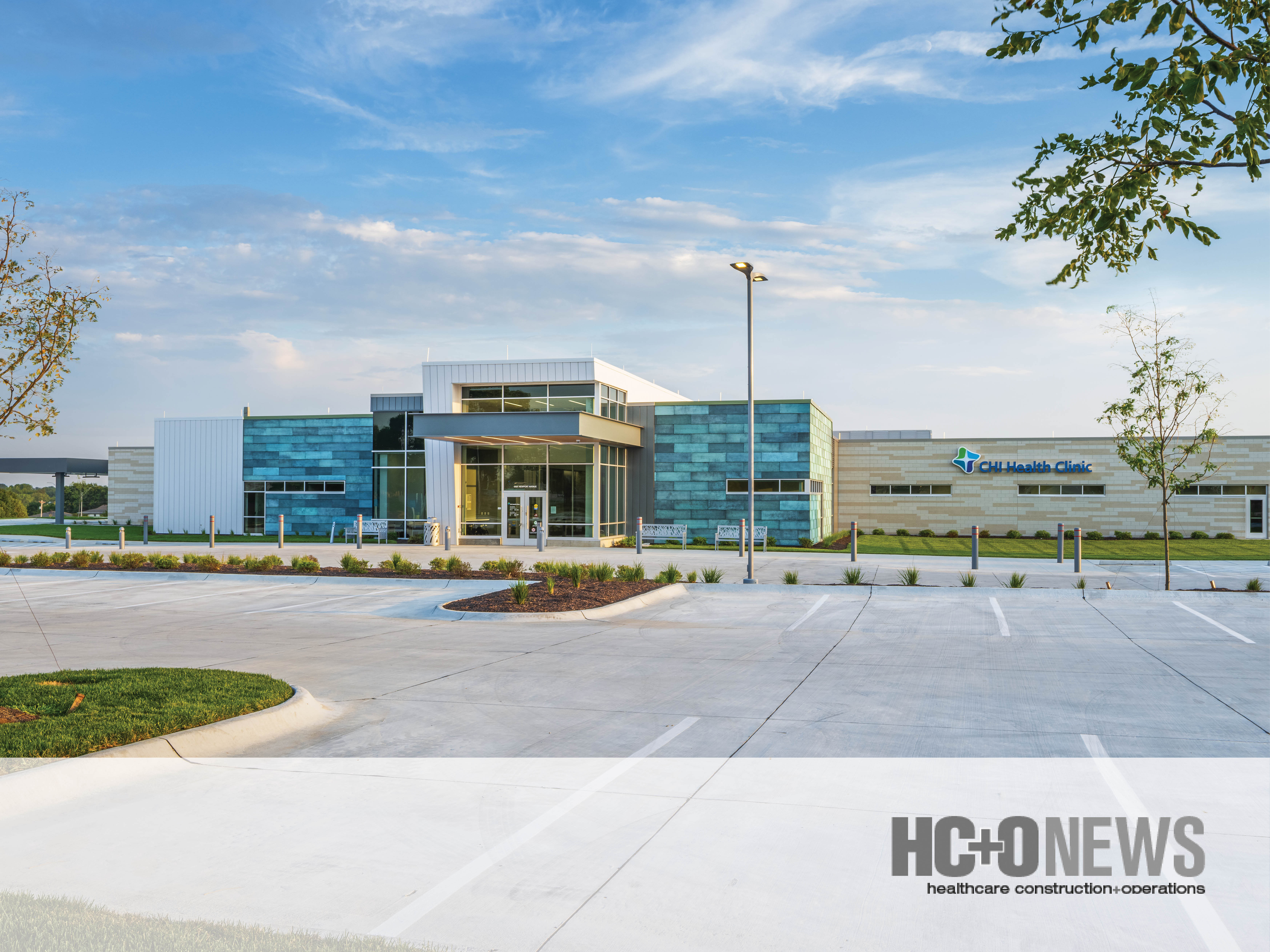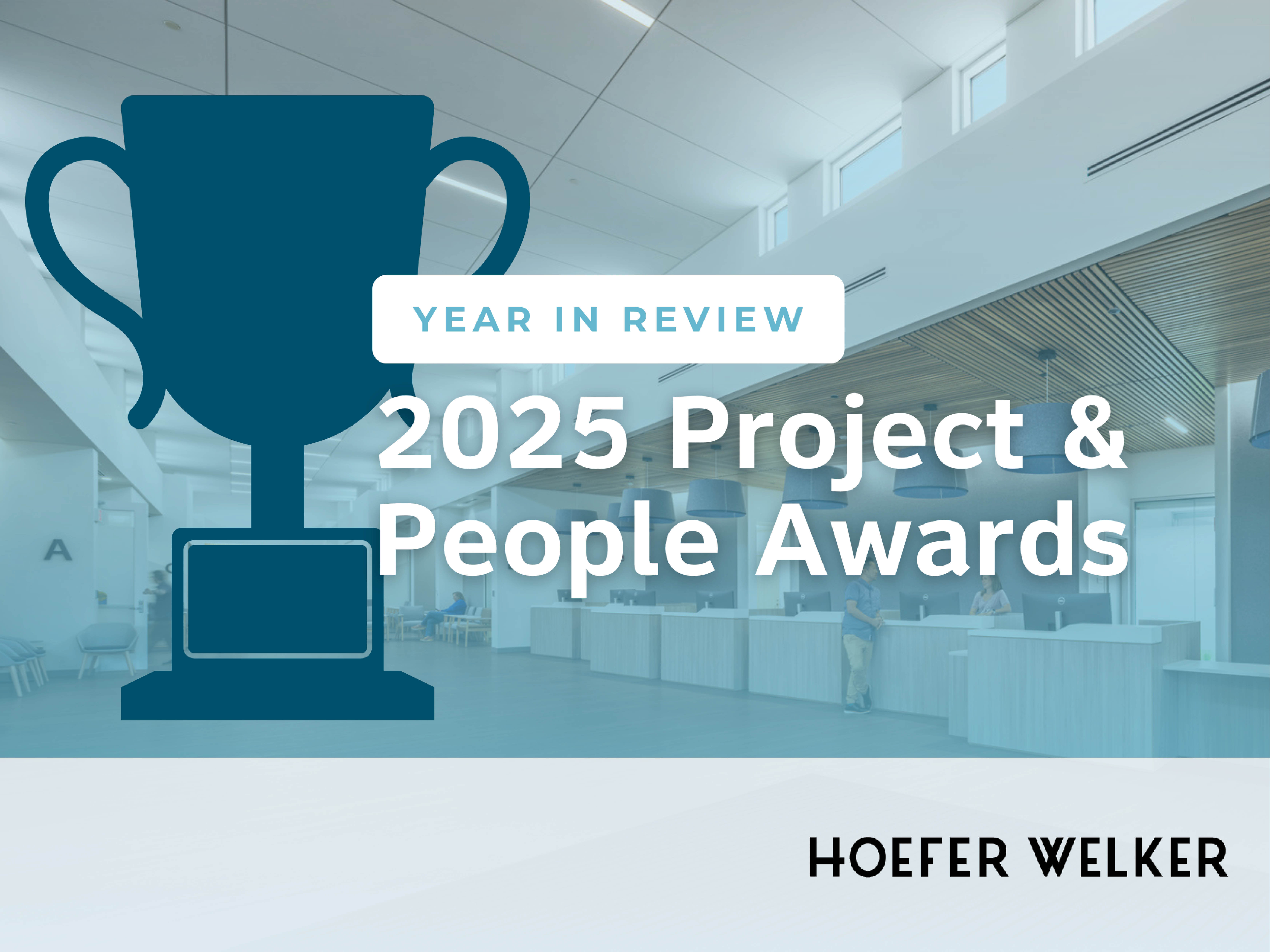Modular and Prefabricated Design Part I: The New Mainstream for Health Systems
A recent HCO News article highlights how modular and prefabricated design is becoming a mainstream solution for healthcare systems facing rising...
2 min read


Among the most vulnerable in the pandemic have been the elderly who reside in assisted living or skilled “lifecare” communities. These senior facilities have been designed to eliminate isolation and loneliness. However, residents in these group settings have proven highly susceptible to contracting the novel coronavirus, as it’s able to rapidly spread among people in close quarters.
But changes are in the works—some already being implemented and others requiring more time and money.
The U.S. Green Building Council recently released new LEED guidelines for best sustainable practices for the COVID-19 era. The changes focus on cleaning and disinfecting, indoor air quality, water systems, and reoccupancy practices and human behavior within spaces. And the American Institute of Architects just published a report, Reopening America: Strategies for Safer Buildings, with a section dedicated to senior living communities.
At some point, the safety of a facility may be measured by a health care–associated infection score, which is currently used in hospitals, says Sarah Simmons, epidemiologist and senior director of science at San Antonio-based Xenex, a manufacturer of germ-zapping robotic solutions.
“A lot of diseases we worry about in elder care settings are spread through coughing, but a substantial proportion are from a dirty environment and cause recurrent infections,” she says.
For the most part, the suggested changes fall into five categories that aid physical and emotional health while making infection control a priority. Real estate professionals should take note of these recommendations and share them with clients who are weighing elder care for themselves or family members.
1. Layouts
Facilities that have adequate space and available funds may decide to renovate to create more single-occupancy rooms. Some buildings may want to reorganize so there are fewer rooms in a single wing and residents are better isolated in the event of an outbreak, says Nick Steele, senior interior project manager at AECOM—San Jose, an architecture, engineering, and design firm. He is also vice president of advocacy for the International Interior Design Association’s Northern California chapter, which works to help make better decisions for elder care facilities.
At the same time, there must be a balance between health safety and the negative effects of isolation among the elderly. “Flexible layouts can address these challenges holistically without adding square footage,” says Patrick McCurdy, a principal and leader of the health care practice at Hoefer Welker, in Leawood, Kan. “Future facilities should be designed for maximum flexibility and adaptation to the unknown—this includes infrastructure for minimizing cross-contamination and technology for contactless care, such as telehealth.”
Drew Roskos, housing studio leader at HED, an architecture, planning, and design firm in Chicago, says that using movable furnishings can help make adjustments. Having access to the outdoors for fresh air and natural light will also benefit everyone, including the patients themselves and visitors (when permitted). Outdoor space can also be used for dining when the weather is good, the AIA report recommends. However, Simmons offers the caveat of excluding outdoor water features that can transmit bacteria and the potential for Legionnaires’ disease.
Steele recommends having multipurpose rooms where staff could stay overnight if an outbreak occurs, which would help them avoid traveling home and spreading pathogens.
Bathrooms should also be reworked. Poor ventilation systems can pose risks because bacteria can harbor on surfaces and in the air unless a toilet is used quickly and the lid closed, Simmons says. Communal and private bathrooms could be outfitted with touchless faucets and valves, say Joseph G. Allen and John D. Macomber, authors of Healthy Buildings: How Indoor Spaces Drive Performance and Productivity (Harvard University Press, 2020), which cites nine ways to improve buildings without expensive technology and capital improvements.

A recent HCO News article highlights how modular and prefabricated design is becoming a mainstream solution for healthcare systems facing rising...

2025 brought a number of recognitions for our work, our people, and our growth as a firm. From project awards to individual honors and business...

Mara Sabatini, Vice President and Senior Project Manager, was recently featured in BD+C’s article, Leadership in Practice: How 40 Under 40 Alumni...